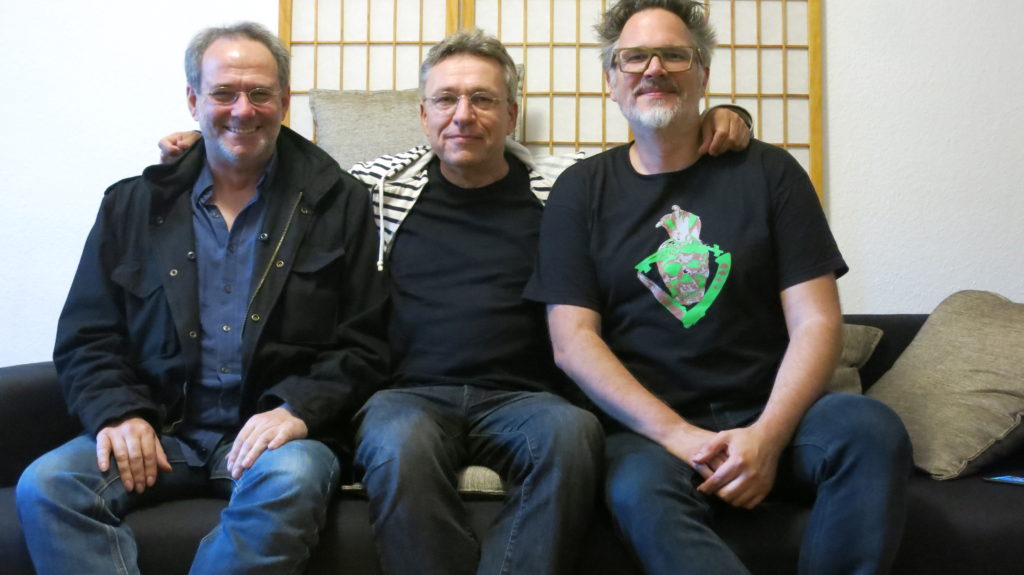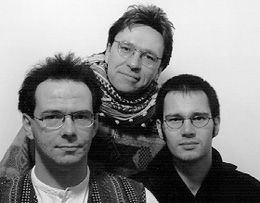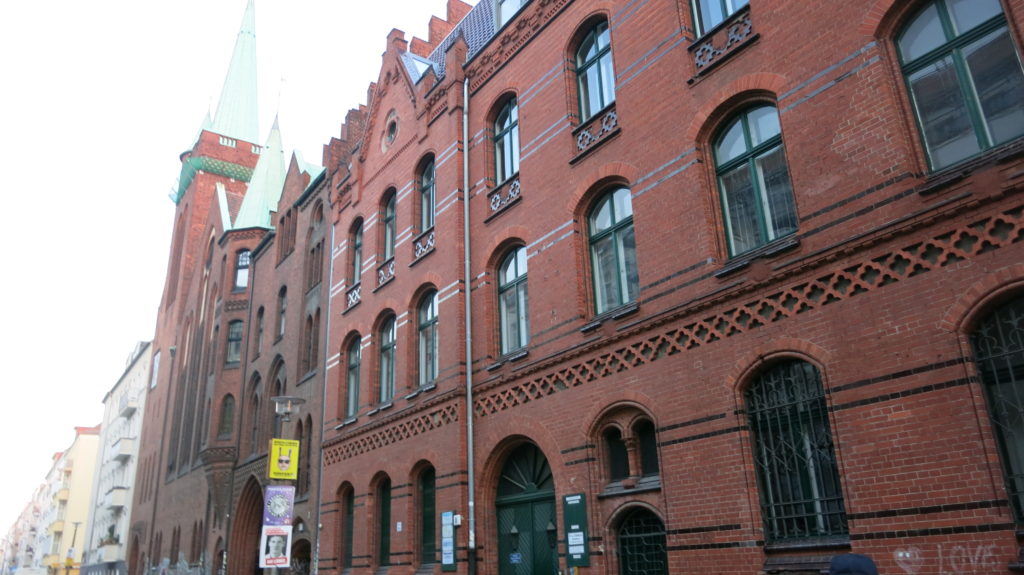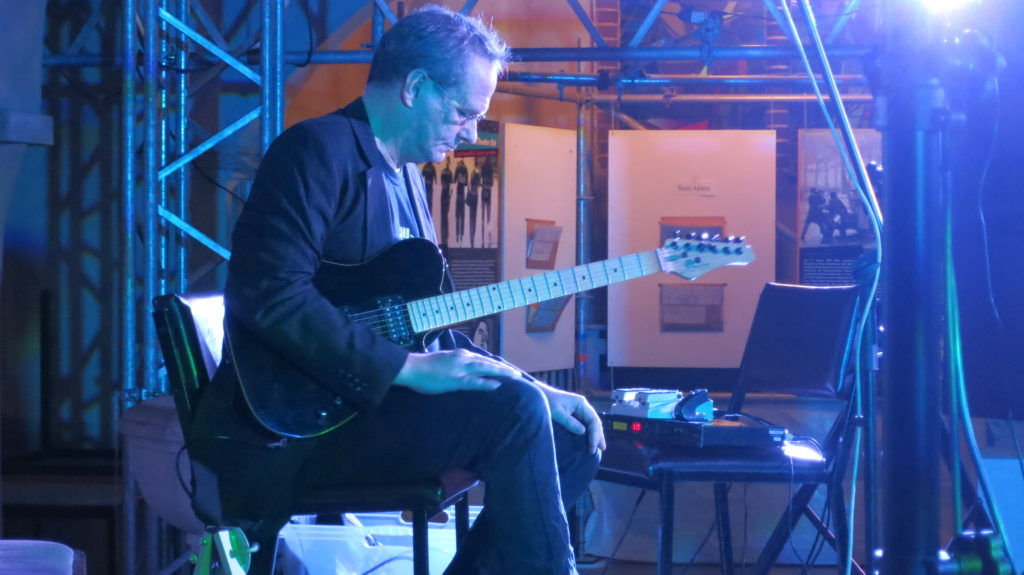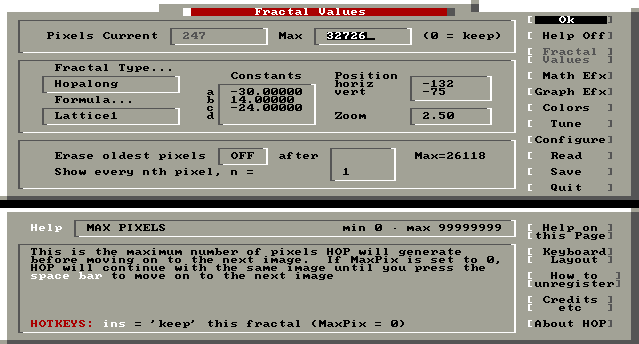I spent a cold February weekend in 2013 making music with Berlin based synth wizard Bernhard Wöstheinrich who at the time lived in rural northern Germany – near Gütersloh where he shared an office with our common friend, Markus Reuter.
We knew each other from Markus but hadn’t actually performed together often, except for a set on our „hyperfunction“ label algorithmic music evening in 2009, and an improvisation after my solo set at the „Gütersloher Polyphonie“ in 2011. A few months later in 2013, Bernhard would perform on the 3rd International Livelooping festival that I had organized in Cologne.
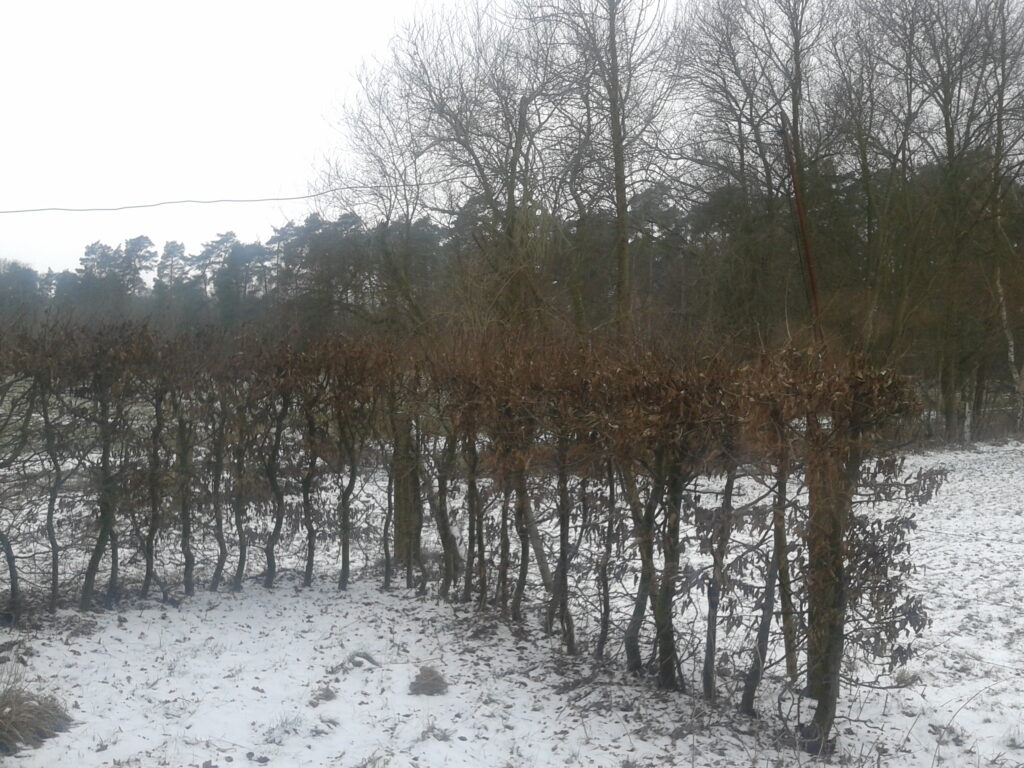
We set up and midi-synchronized our machinery to achieve a certain rhythmic coherence but beyond that, there were absolutely no plans or rules. We started in unknown territory right from the start. The music we created went beyond most preconceived ideas about style and harmony that musicians usually have when performing together.
Now, years later when I listen to these tracks, I really have no idea how they came about and how we found our way through them together. To me, the music often conveys a strong sense of immediacy, of boldness, even of danger. Sometimes we moved in a dangerous balance, sometimes we destroyed that balance deliberately, creating a more open situation again.
For some reason, both of us forgot about these recordings but we remembered them a few months ago. I’m very happy that these sessions with Bernhard finally get released, eight years later and on an equally cold February day.
Go to album page

This strange midi controller called „ZTar“ belonged to Bernhard but he wasn’t entirely happy with it. I had brought my „Yourock“ midi controller which I wasn’t entirely happy with. We decided to swap instruments and were both much happier 🙂
I played the ZTar on track 3 („Iridescent Immediacy“), triggering many virtual keyboards with it – when you hear wild Hammond organs and distorted clavinets, that is me on the ZTar, and towards the end of this track, Bernhard and I both drown in mellotron sounds.


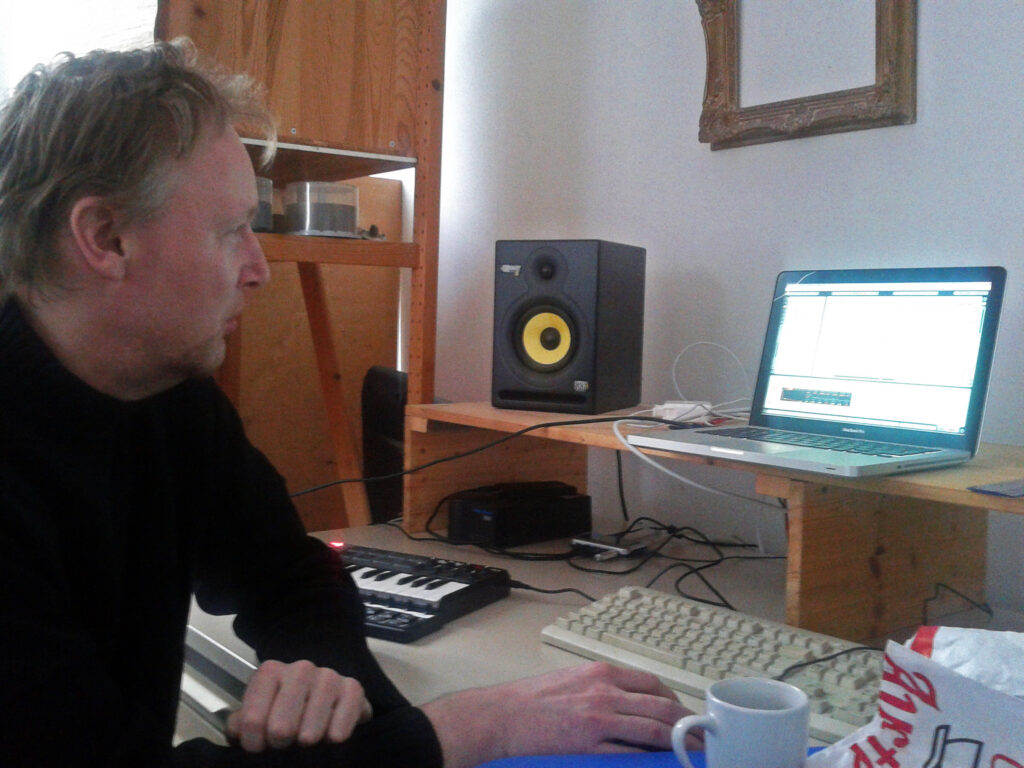

From the liner notes:
When you manage to get rid of all expectations and to surrender to true immediacy, there is hardly time to control or plan anything, but you also find that this immediacy can be trusted – in music and in life. It will take you to beautiful places you never knew before.

